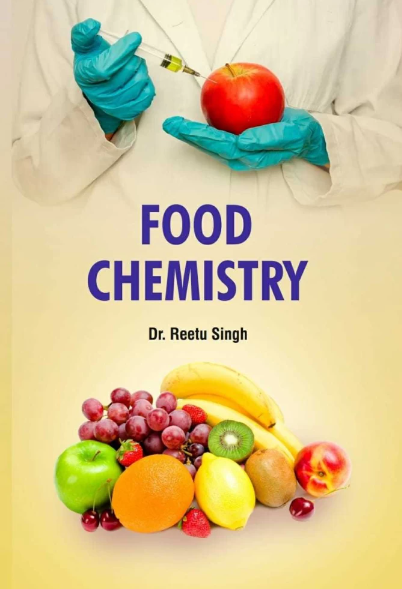Biodegradable antibacterial food packaging based on carboxymethyl cellulose from sugarcane bagasse/cassava starch/chitosan/gingerol extract stabilized silver nanoparticles (Gin-AgNPs) and vanillin as cross-linking agent
IF 8.5
1区 农林科学
Q1 CHEMISTRY, APPLIED
引用次数: 0
Abstract
The increasing issue of plastic waste necessitates improved solutions, and biodegradable food packaging is a promising alternative to traditional plastic. In this study, we prepared packaging films using cassava starch (CV), chitosan (CT) and carboxymethyl cellulose (CMC), with glycerol as a plasticizer. However, these films require modifications to enhance their mechanical properties. Therefore, we modified the films by adding vanillin as the crosslinking agent and gingerol extract stabilized silver nanoparticles. The films were fabricated using the film-casting method and characterized by FTIR, XRD, SEM, TGA, mechanical property test, biodegradability test, anti-bacterial test and food packaging evaluation test. Among these films, CT/CV/V/CMC/Gin-AgNPs1 exhibited superior mechanical properties and demonstrated excellent anti-bacterial property both for gram-positive (S. aureus) and gram-negative (E. coli) bacteria and biodegradability, losing over 50% of its weight after 21 days of burial in soil and effectively preserved grapes at 4 °C for 21 days.基于甘蔗渣/木薯淀粉/壳聚糖/姜酚提取物稳定银纳米粒子(Gin-AgNPs)的羧甲基纤维素和作为交联剂的香兰素的生物降解抗菌食品包装
本文章由计算机程序翻译,如有差异,请以英文原文为准。
求助全文
约1分钟内获得全文
求助全文
来源期刊

Food Chemistry
工程技术-食品科技
CiteScore
16.30
自引率
10.20%
发文量
3130
审稿时长
122 days
期刊介绍:
Food Chemistry publishes original research papers dealing with the advancement of the chemistry and biochemistry of foods or the analytical methods/ approach used. All papers should focus on the novelty of the research carried out.
 求助内容:
求助内容: 应助结果提醒方式:
应助结果提醒方式:


